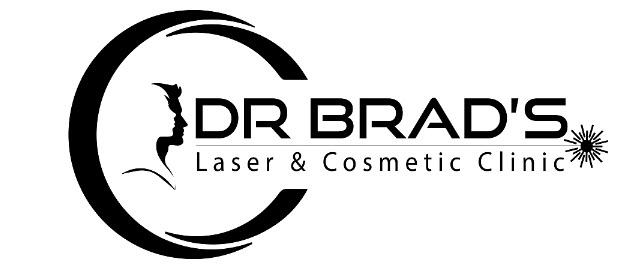Ear wax, or cerumen, has long been an intriguing topic, crossing the realms of biology, medicine, and even cultural beliefs. To many, it might seem merely a byproduct of ear health—a somewhat inconvenient substance that requires removal from time to time. Yet, this perception of ear wax has evolved significantly over the centuries, influenced by scientific discoveries, cultural attitudes, and even modern health trends.
Historically, ear wax was understood differently than it is today. In ancient civilisations, such as those of the Egyptians and Greeks, ear wax was often regarded as a natural and necessary part of bodily function, believed to protect the ear from environmental debris and, interestingly, from infections. The ancient Greeks even coined a phrase that we still hear today: “Let it be,” suggesting that removing ear wax wasn't a priority. Doctors from those eras often recognised the importance of this natural barrier, linking it to overall ear health.
Fast forward to the Middle Ages, and the perception shifts once again. With a heightened emphasis on cleanliness and order, ear wax began to be viewed with disdain, associated with filth and disease. During this period, social norms dictated that personal cleanliness was paramount, leading to frequent interventions to remove ear wax. People sought out all manner of tools—from spoons to pins—to excavate what was seen as a shameful residue. Despite the lack of medical backing for such practices, the trend gained traction nonetheless.
In the 19th and early 20th centuries, as medicine advanced with the invention of better instruments and methodologies, professional advice began to revolve around the treatment of ear wax from a clinical perspective. Physicians, including ENT specialists, began advocating for regular cleaning under sterile conditions. However, the prevailing methods were often invasive, leading to more serious health issues and discomfort. It wasn’t until more recent decades that a shift in technique and understanding emerged, one that celebrates the protective properties of cerumen while also addressing excess wax appropriately.
As modern medicine progressed through the 20th century, ear wax perception transformed into a more balanced view. There grew a recognition that ear wax serves essential functions, such as lubricating the ear canal, trapping dust and debris, and combating bacterial infections. This newfound appreciation extended to healthcare practices, where the understanding shifted towards selective removal of ear wax only when it led to discomfort or hearing loss.
One of the critical advances in ear care has been the evolution towards microsuction—a method endorsed by many professionals, including Dr Brad, a GP and ear wax removal expert trained by ENT surgeons. Unlike traditional methods that might introduce risk or discomfort, microsuction is an effective, gentle procedure that quickly and safely removes excess wax. Patients often report transformations—such as being able to hear clearly again after feeling muffled for weeks. One grateful patient recounted his experience: “I thought I was just getting older, but after my appointment, it was like a fog lifted! I didn't even know what I was missing.”
In contrast to effective techniques like microsuction, other products—like ear candles—have often been marketed as alternatives. However, many healthcare professionals, including Dr Brad, recognise that ear candles do not work and can even pose risks of burns or blocked ear canals. This further shapes our understanding of ear care and reiterates the importance of seeking professional help when it comes to ear wax concerns.
As perception shifts, so do the strategies for managing ear wax. With notions of self-cleaning still lingering in society, many people mistakenly feel compelled to dig at their ears, contributing to potential blockages rather than alleviating them. In fact, the irony lies in that the very act of trying to remove ear wax can lead to impacted ear wax, requiring professional treatment. Dr Brad’s practice prioritises these preventive messages and has become a haven for patients looking for safe, stress-free solutions to their ear wax problems.
The modern individual grapples with a myriad of ear care myths while navigating the unexpectedly rich history of ear wax. Each story, from the ancient Egyptians to today's patients, illustrates the evolving perception of this humble substance—once thought to be merely a nuisance, now clearly recognised as a critical protector of ear health. With the right approach, the anxieties surrounding ear wax can be transformed into an opportunity for improved auditory health.
For anyone in need of ear wax removal, professionals like Dr Brad offer a trustworthy pathway to resolve discomfort and enhance quality of life. When you think of cleaning out ear wax effectively and safely, remember that expert help is the way forward. Be sure to explore ear wax removal Bristol if you're ready to reclaim your auditory clarity!
This article does not constitute medical advice. Please click here to book an appointment with Dr Brad.
